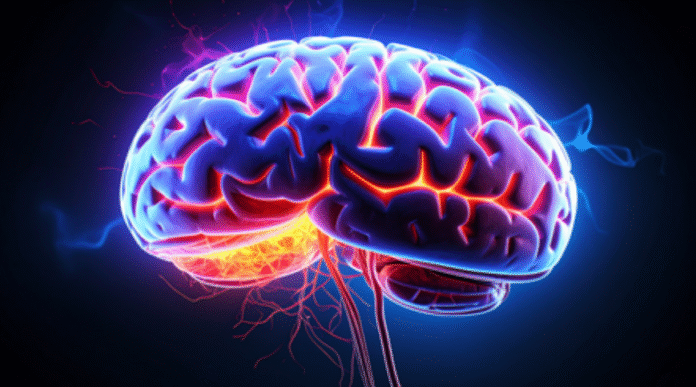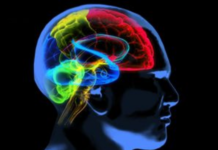New Delhi– Sleep disorders, particularly those involving physical activity during dreams, may serve as early warning signs for neurodegenerative diseases such as Parkinson’s disease and Lewy body dementia (LBD), according to a new study.
The research focused on individuals diagnosed with REM sleep behavior disorder (RBD), a condition where people physically act out their dreams during the rapid eye movement (REM) stage of sleep—a period typically marked by temporary muscle paralysis.
“Normally, when we dream, our muscles remain paralyzed. But around the age of 50, some people begin moving violently in their sleep—punching, kicking, shouting,” explained Dr. Shady Rahayel, medical professor at Université de Montréal in Canada. “Unlike sleepwalking, which happens during deep, slow-wave sleep, RBD occurs during REM sleep and tends to affect middle-aged individuals.”
Published in the journal eBioMedicine, the study revealed that approximately 90 percent of people with RBD eventually go on to develop either Parkinson’s disease or Lewy body dementia, a form of progressive dementia closely related to Parkinson’s.
“RBD is essentially an early signal that the brain’s regulatory mechanisms are starting to fail,” said the research team. “Patients with RBD may appear healthy, but half of those who develop a disease will be diagnosed with Parkinson’s, while the other half will develop LBD.”
Lewy body dementia, the second most common form of dementia after Alzheimer’s, severely impacts daily functioning. In addition to memory decline, patients often exhibit Parkinsonian motor symptoms, vivid hallucinations, and fluctuating cognitive awareness.
For the study, researchers analyzed 1,276 MRI brain scans from individuals either diagnosed with or at risk of Parkinson’s or LBD, along with healthy controls. Using machine learning and computational modeling, they identified two distinct patterns of brain atrophy progression.
In LBD, brain atrophy appears to begin in the cortex and move inward, while in Parkinson’s disease, the deterioration starts deep within the brain and spreads outward.
The researchers now aim to explore the underlying causes of cortical deterioration, including the roles of vascular damage, medication effects, and lifestyle factors.
“Now that we’ve identified these progression pathways, our next goal is to use MRI data to detect them early in patients, enabling more tailored and proactive care,” said Dr. Rahayel. (Source: IANS)













